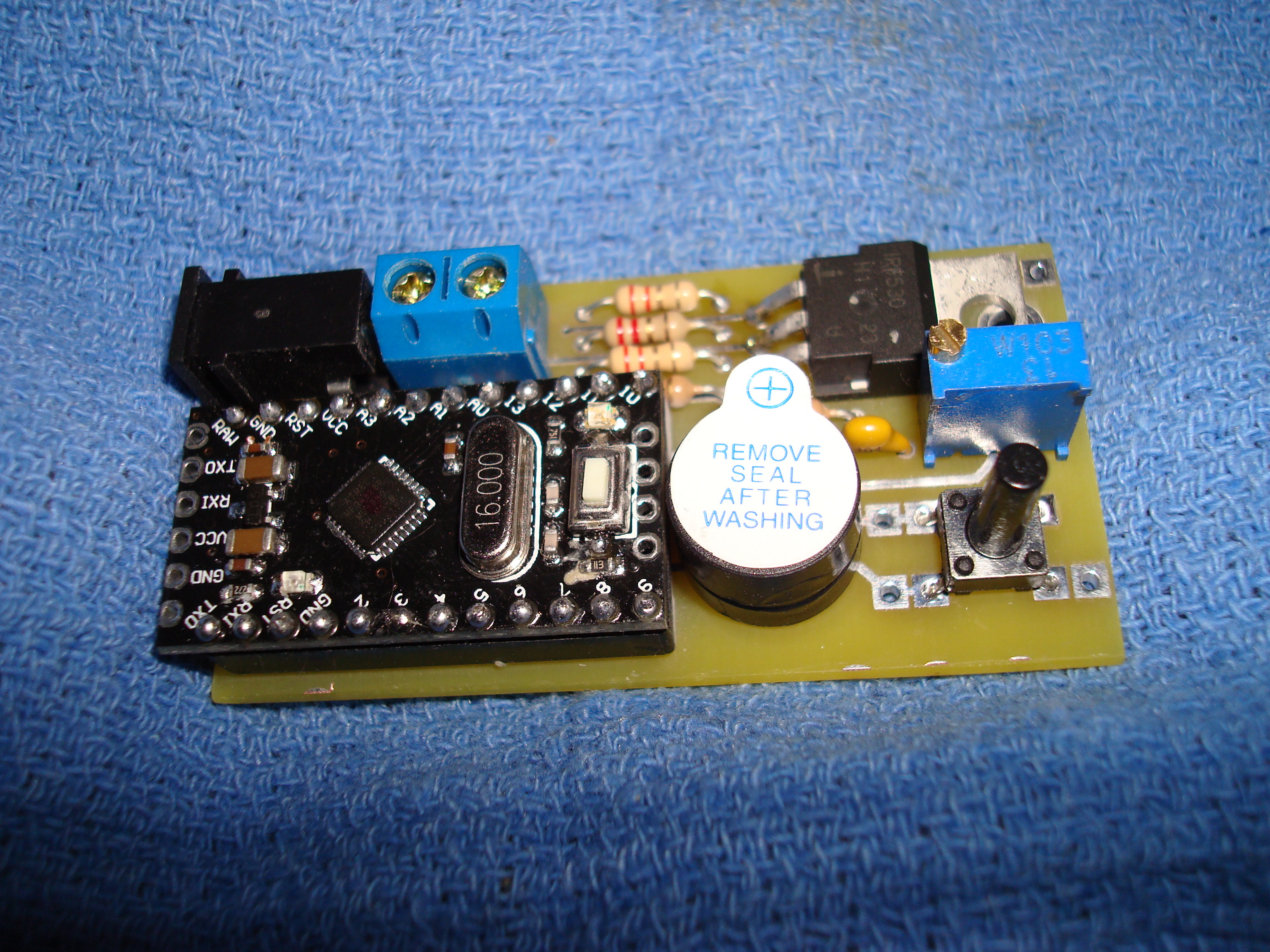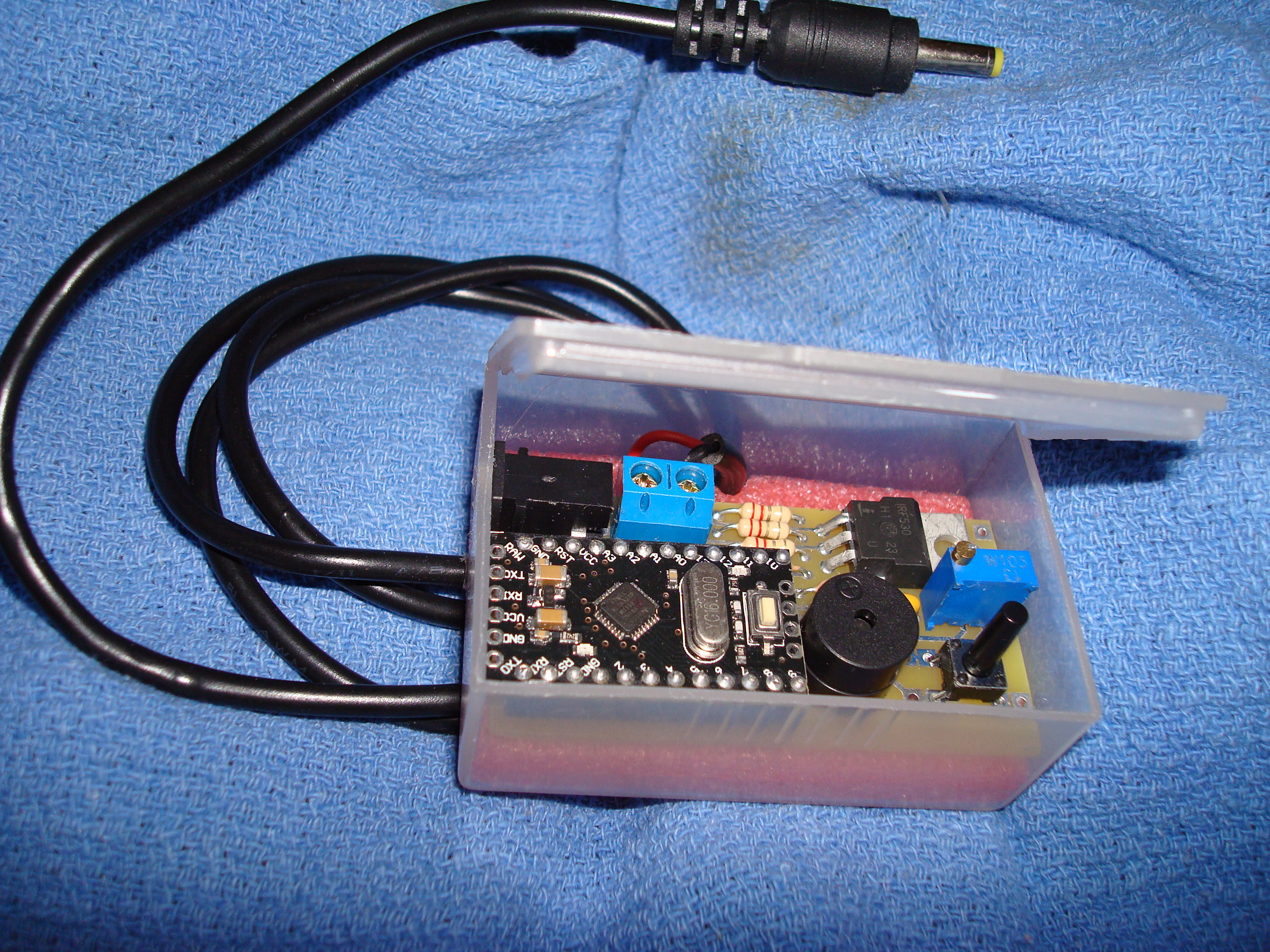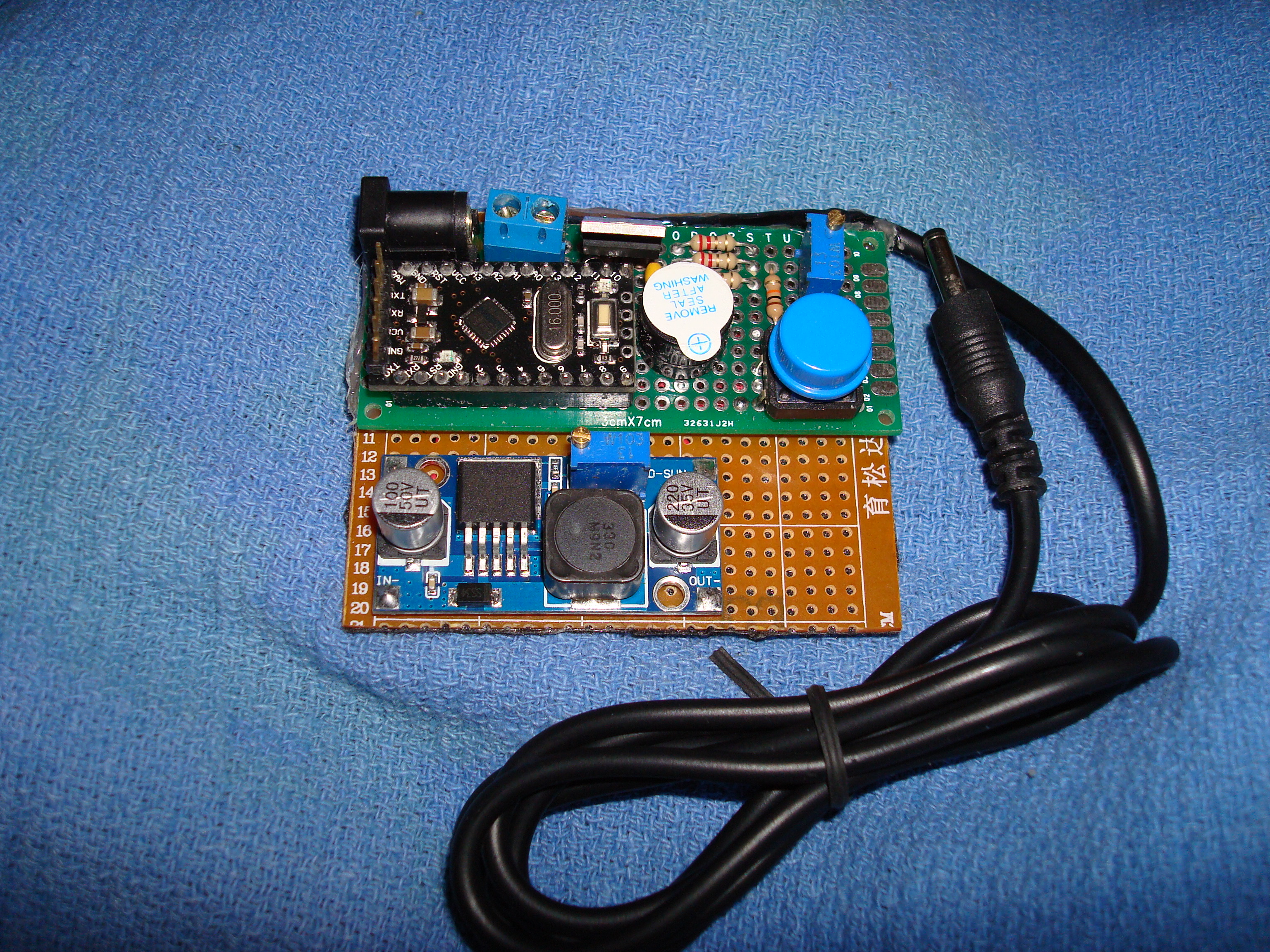Guilty. It's my fault. I did it, and I'm not sorry I did. Too bad nobody wants to use it as the base for a small company/product, then more Solo owners could take advantage. Works for other vapes and Li-ion charging as well, BTW. Here's a prototype for 9 Volt charging like the big FMs and Ascent use. The circuit at the bottom converts the Gadget output to 9 Volts from 12:
Now that one's full on ugly. I now use a slightly different pair of converters, one to 9 Volts the other to 5 so Air and other 'USB charging' units can benefit. Also non vapes.
Interesting read, but IMO not on topic? How Apple claims to treat it's internal battery is a whole other thing to discussing the basic Li-ion battery. Solo gets way more than 300 cycles normally since the protection circuits (there are a couple) protect the low end, and actually stops discharge 'early' like most consumer products using the other kind of such batteries (the ones in plastic cases like in ESV, not steel like Solo, Air, FM and the rest. In a fun way what I'm doing is along those lines, it modifies the 'full charge cut off' downward.
I don't buy into it being a straight up trade. The information at BU, which I trust, clearly shows DoD is not a linear factor. Table 2 clearly shows a 50% DoD gives four times the cycles at half the capacity......
twice the useful lifespan in session terms? Squarely at odds with what you cite? Go figure.
And the advice to run from the mains whenever possible is misplaced IMO. It might work OK with Apple stuff, but with Solo it's a BAD IDEA IMO for several reasons which we've discussed before and I stated part of above. Specifically, unlike many products, Solo draws more power heating (a bit over 2 Amps) than it gets charging (typically between .7 and .8 Amps. Think about this a moment. The 'charger' doesn't have enough capacity to support the heater, the battery must make up the difference (discharge, at say 1.5 Amps). A dozen or so seconds later the heater clicks off again for a rest and now the battery charges at say .75 Amps only to get hammered again a bit later when the demand returns and (heavier) discharge happens.
This can, in fact, be fatal to the battery. Premature death. ESV had this. Batteries (six in that case, tiny, expensive ones) died very soon if the owner did this at the bottom of the charge range (as is human nature?). Guys would run the battery down, plug it in and keep vaping. So the maker REMOVED the 'use while charging' feature. Took it out, now you use or charge but not both at the same time. I recommend that for Solo.
Engineers didn't put that feature in, Salesmen did in response to Customer demand. Check it out. The originals ran 'PA mode' when supplied 9 not 12 Volts. The base plate in Solo still reflects this no longer available feature.....ever notice the '9 Volts heating' on the bottom? That's why. You can't do that any more. The original removed the battery from the circuit when in 'true PA mode', modern ones only attempt to charge the battery at a modest rate while function discharges it faster over time. You need to recharge a flat dead Solo something like 9 minutes before you can do a session in 'use while charging'. The Apple advice above only works for things, like cell phones, that
run longer than it takes to recharge......which is
not the case with Solo?
"True PA" is an Engineer's sort of solution, the alternative intended to sell more vapes......and more replacement batteries? Using 'use while charging' works the battery harder (heating it, a real enemy here) unnecessarily. It's much better treatment, from a technical POV, to charge it first then run on battery power alone. Your call, of course. But while avoiding 'use while charging' means it takes more time overall, that also means the battery is less abused in the process (runs cooler).
There is a danger, I think, in 'I read it on the web' advice, or at least potentially. This, it seems, is a good example of that? While some of the 'Apple centric' advice above is just plain wrong (like 'two half discharges counts as one total one WRT to battery life), other parts is inappropriate since
the usage is different. Good to make such decisions informed ones, but that means being sure the information is accurate and applies to the application at hand. Which IMO it does not?
Everyone gets to decide how to manage their power. I believe, for the above reasons, the advice I give is the best WRT long battery life. Avoid 'use while charging' and deep discharges (Solo actually cuts off 'early', something like 3.3 Volts/cell IIRC). And avoid charging 'to the top' whenever possible. Heed it, scoff at it or blow it off......that's my advice and reasoning. If I still taught this good stuff that's the way you'd put it too, if you wanted to pass the test........
Regards to all.
OF





